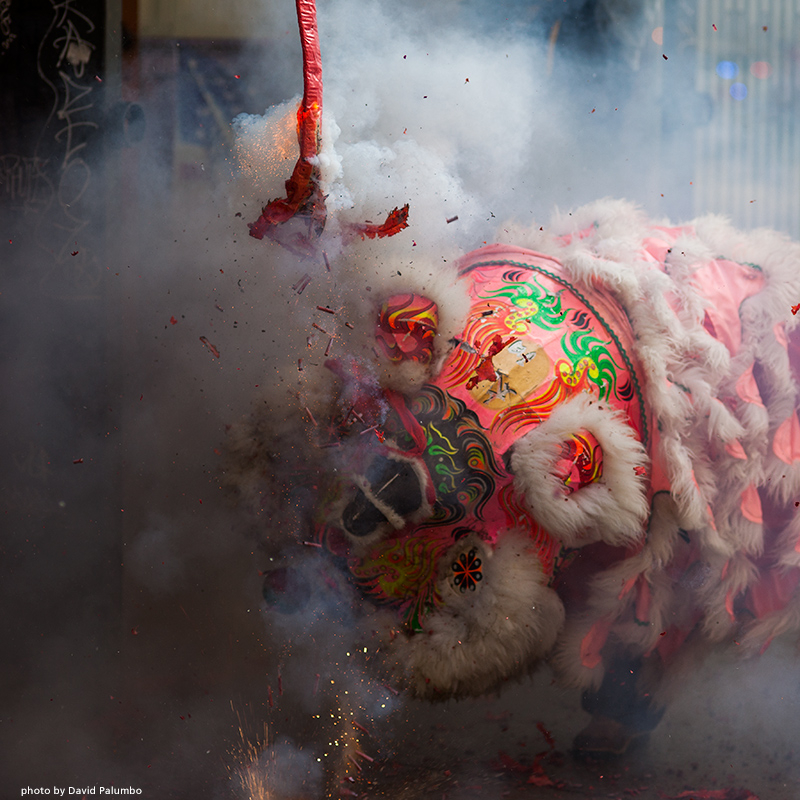 |
| Philadelphia, USA 2015. Canon 5Dmk2/Zeiss Makro-Planar 100mm f2 |
David Palumbo
Disclaimer: This post is about photography but also, like, not about photography.
For a number of years, my camera and single lens (a Canon rebel and off-brand 28-70mm f2.8) were purely tools that made my life as an aspiring and eventually professional artist easier. They were used for shooting reference and shooting paintings and very little beyond that. As a teenager I did have an interest in photography and I still kind of remember how to work in a darkroom, but to be honest I never really understood what I was doing anyhow.
Currently, improving as a photographer is one of my main areas of interest. Not to help me as a painter (though it has helped) and not to make money, but just because I love doing it. I also enjoy talking about photography with people who share my enthusiasm and so, every now and again, I might advise someone on buying/upgrading their photo equipment. The other day, I was asked specifically what lens might someone buy that would encourage them to shoot more photos. This might sound like an odd question but it really took me back to the moment when I rediscovered the joy in shooting photos for their own sake. As it turns out, it was a specific lens that played a big part.
One of the problems that I always had with going out shooting was that my camera felt so bulky and conspicuous. If I did take it somewhere, I usually was so self conscious about it that I would leave it in the bag and, as a result, not actually use it. To shoot more photos out in the world, I needed something that was a bit more discreet. If I could comfortably walk around with the camera in my hands, I would use it. As it happened, Canon had just released a 40mm pancake lens that was pretty cheap. Ridiculously cheap actually (currently selling for $150). Mounted on the body, the lens is so small that it looks like a dust cap. It is also remarkably sharp.
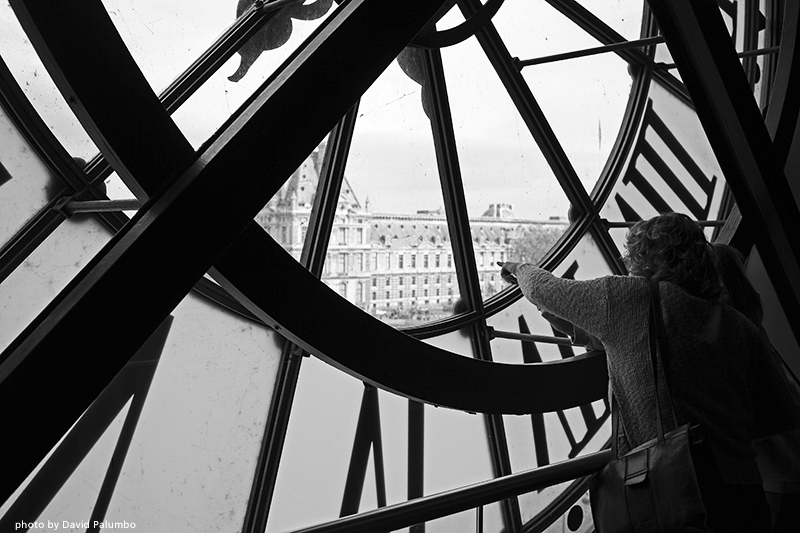 |
| Paris, France 2012. Canon 5Dmk2/Canon EF 40mm f2.8 |
Around this same time, I was heading to Europe for two weeks to see places that I had never seen before. I wanted to bring my camera and decided to try something a bit risky: leave behind my big versatile zooms and only take the pancake. I knew if I took the zooms, even just one, I’d run into my usual problem and end up leaving it in the room after the first few days. Sure, I might find the 40mm too limiting, I might be frustrated at not being able to zoom in on gargoyles or whatever, but it seemed a worthwhile risk if I’d at least use the damn thing.
Restrictions Promote Creativity
At it turned out, I used my camera every single day of that trip and shot nearly 2000 photos. I only remember one shot that I really wished I had another focal length. I’m certain there were others, but I’d just go on shooting and forget them a moment later. If I saw something interesting, I either found a way to frame it or I found something else interesting about it that I could frame. My composing became more conscious simply because I actually had to work to compose anything. I had to think about where to stand and quickly became aware of what a difference thinking about that made.
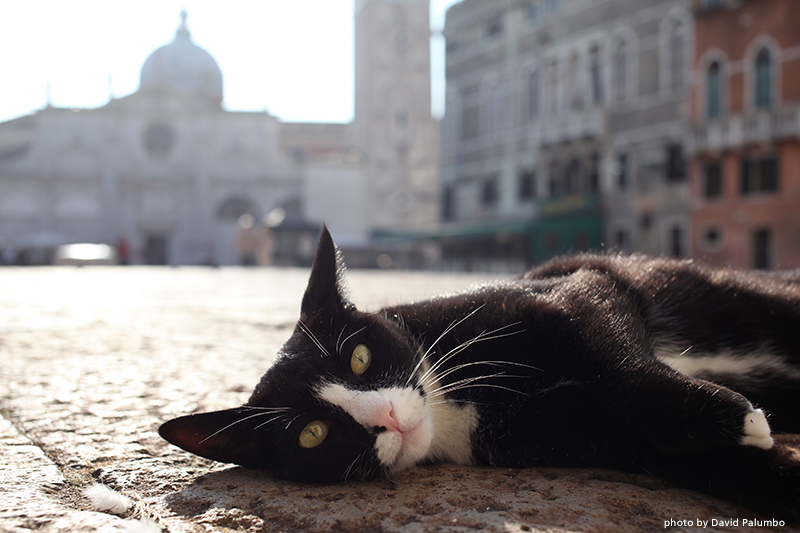 |
| Venice, Italy 2012. Canon 5Dmk2/Canon EF 40mm f2.8 |
40mm on a full frame sensor is very close to our natural field of vision (generally agreed to be around 43mm) so I started thinking about shots as “what am I experiencing” rather that any random detail that caught my attention. With a long zoom available, I probably would have defaulted to a lot of telephoto stuff where I can stand safely in the distance. Some would have been alright, but most of the time I’d have been cropping out all the context that actually makes a subject interesting. Being restricted to a natural angle of view, I was confronted with peripheral details and, as a result, started exploring the ways environmental context influences the story of an image. Essentially, I stopped making hasty snapshots and started trying to make more deliberate pictures.
Tools That Make You Happy Lead To Better Results
The following year, my friend Julien Alday came to visit me. Julien is also a lover of photography and he had brought a little mirrorless Panasonic with some old manual lenses on adapters. I had seen this once before (Ev Shippard had some pretty cool old Russian gear at IMC one year) but I’d never really had a chance to play around with them. When I learned that there was a whole world of semi-forgotten photo gear at bargain prices which could fit my camera, I fell whole hog into manual primes. To be honest, I went a bit nuts for while. Soviet lenses held a particular fascination to me. Besides the unique “vintage” look of the images I was really taken with the history and beauty of the lenses themselves. In some cases I was even bold enough to disassemble a defective lens and attempt repairs or alterations (one of my proudest MacGyver moments was being on the side of a highway in Ecuador and using the plastic spoon from a yogurt container to reattach a loose focusing ring on a Russian Helios 44-3).
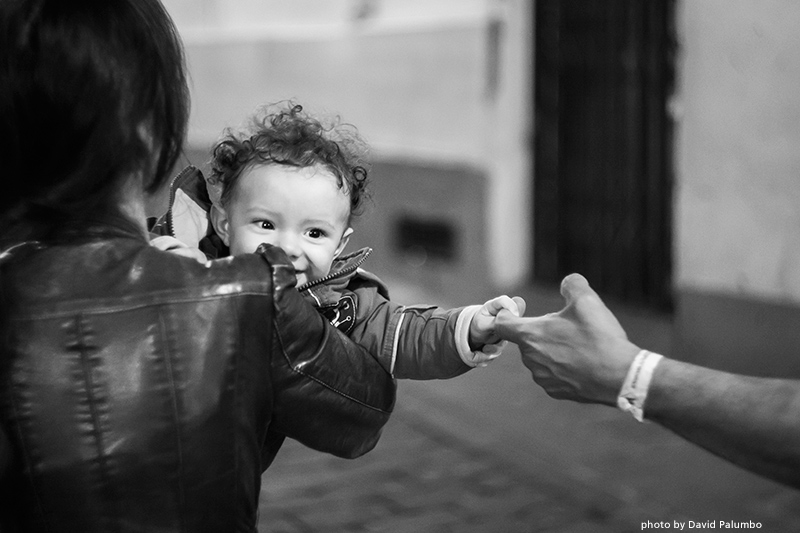 |
| Quito, Ecuador 2015. Canon 5Dmk2/Helios 44-3 (58mm f2) |
When you use an adapted lens, nothing is automatic. Besides focusing, you also have to dial in your aperture for every shot. Suddenly, choosing an f-stop really made sense to me. I was seeing the result while shooting. It made me feel even more connected and involved and that made the whole thing even more fun. And the more fun it was, the more places I wanted to bring my camera and the more photos I wanted to shoot.
You’re Best Off Committing To A Plan, Whatever The Plan Might Be
When I’m going on a trip, one of the most prolonged decisions I make is what lenses to bring. When I was buying up cheap old lenses left and right, I wanted to bring all of them. The first time I traveled after my vintage frenzy I brought five (a 17mm fisheye, a 24mm, a 35mm, a 58mm, and a 135mm) so I could be ready for everything. I was back in zoom lens indecision mode, except with interchangeable parts. Ultimately half of them pretty much stayed in my suitcase because it was just too much. Two or three lenses turned out to be plenty if each one is assigned a specific job. On that earlier trip where I had just one lens, I was committed to a plan. It was a 40mm plan and I made it work. Having so many choices, I tend to lock up and second guess. Having “wide angle or telephoto” as my choices, it’s grab one and figure it out. I now realize that I don’t always need the perfect tool, I just need to be committed to the tools at hand.
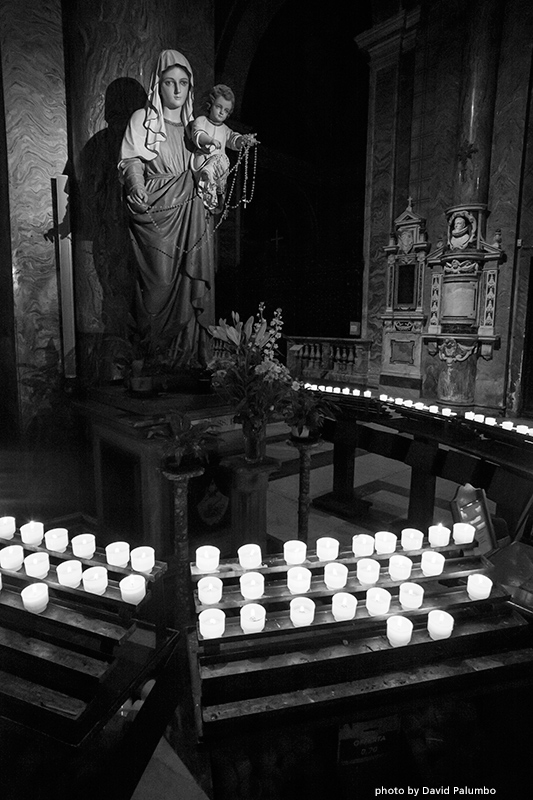 |
| Rome, Italy 2014. Canon 5Dmk2/Voigtlander Color-Skopar 20mm f3.5 |
You Don’t Have To Prepare For Everything, You Just Have To Spot And Seize Opportunities
Some people who shoot with primes will joke that whatever lens you currently have mounted is probably going to be the wrong one. There is definitely some truth there. Our eyes take in the world is such a complex way that we can shift from taking in expansive scenes to focusing on minute details in an instant. In a visually exciting place or moment, we can be kids in the candy store wanting everything. Trying to capture every single impulsive thought just isn’t possible. With a zoom, you can quickly jump from wide angle thinking to portrait thinking and back again in seconds and I’m not saying that’s a bad option to have, it just isn’t the choice that interests me right now. I’m more interested in deciding “I want wide angle stories right now” and then finding those opportunities even if conflicting opportunities might tempt me. I’m not going to catch everything no matter what, so I acknowledge that and focus on what I really want to catch most. At first this was frustrating and I was constantly swapping lenses, but more and more I’m adapting what I see to the choice I’ve made.
The thing about creative pursuits is that, in the big picture, there isn’t a best way or even really a right way. There are an infinite number of ways and some or better suited to one person or situation than another. Working with limitations reminds us of this because it narrows down our options and makes it easier to find good solutions for that given moment. This isn’t really our natural state though. Our impulse is to want as much choice as possible. That often does more harm than good. Assuming that we don’t end up paralyzed by too many possibilities, we tend to make lazy choices because they are easier than working to find the more interesting ones. So long as the main goal is to keep moving forward, obstacles often turn out to be opportunities to do things you would never have thought of otherwise. Adapting and improvising are where magic happens.
 |
| Philadelphia, USA 2015. Canon 5Dmk2/Zeiss Makro-Planar 100mm f2 |


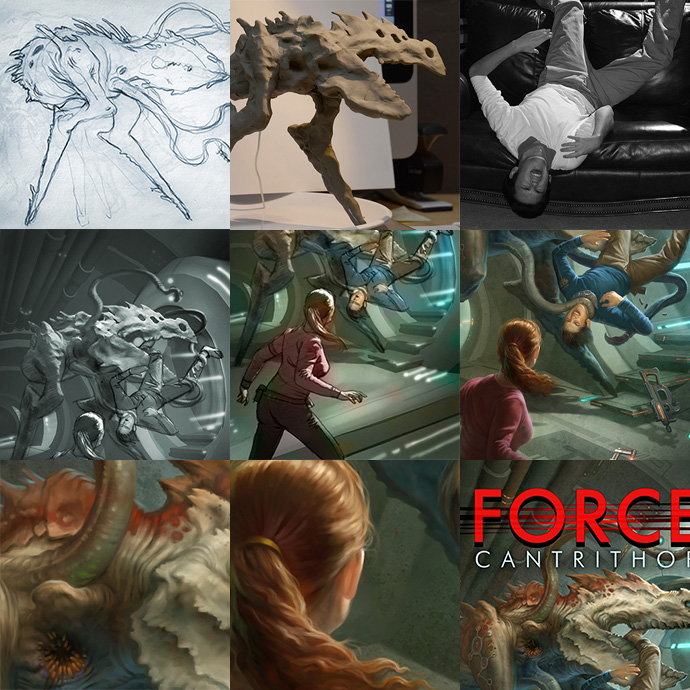
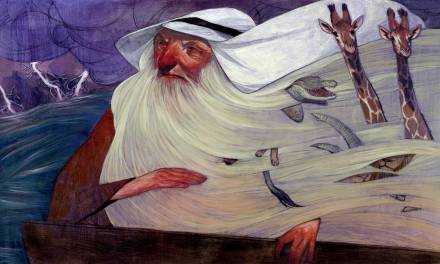
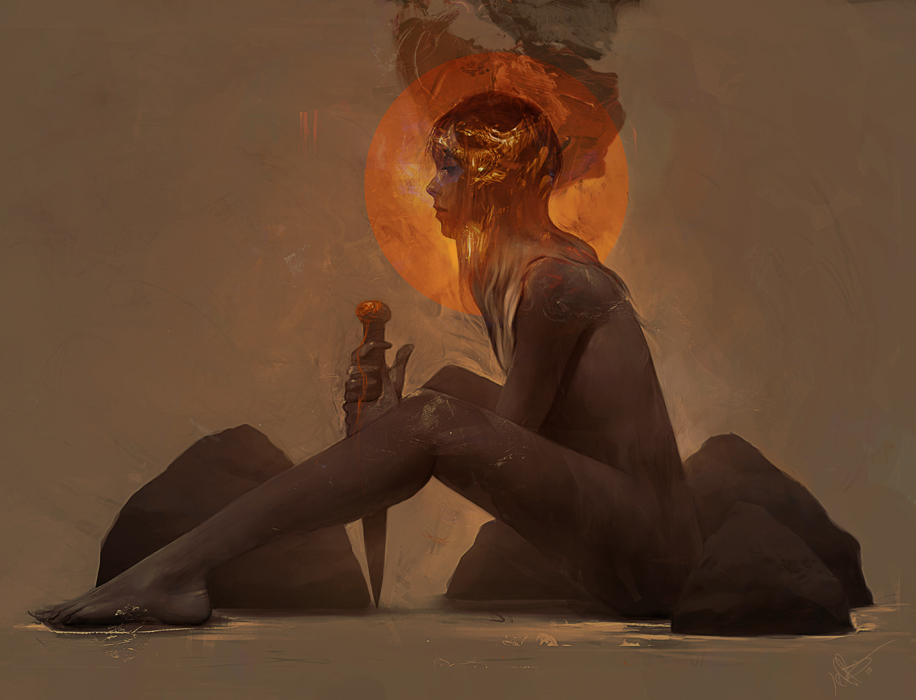
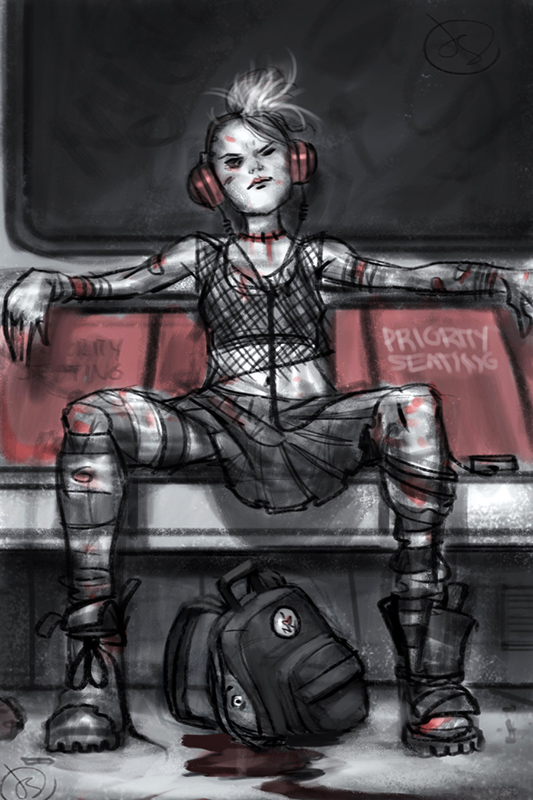
Great post—love hearing your thoughts about photography. You've been taking some great shots. I've been using my Digital Rebel with a 50mm 1.8 prime for both stills and video. Pretty basic, but great depth of field and bokeh. Love the idea that if you need a wider shot, back up!
Wow, camera nerds. Worse than sci-fi/fantasy nerds.
So great. I've really found that my photography feeds my illustration and back again. When I learned photography I already had a jump start on composition. And the better the references I shoot, the better my finished artwork. I shoot with a Canon 5D and a 50 1.4 prime lens daily.
It's a weird thing about how some people groove on certain focal lengths and others find them bland or frustrating too. I'm trying to learn to work with as many as I can and know what works best for a desired effect or situation, but short telephoto (which is about what a 50 on a rebel would give you) is one I seem to naturally enjoy. Have you tried anything wider? Wide angles are tougher for me, but I'm finding the dynamic perspective they can give pretty exciting
I'm painfully aware of it
100%. I think they feed eachother, both helping me find compositions just a bit more engaging than I might otherwise have known to look
Great article. Do you find your aesthetics in photography and painting differ or do they seem to share a unified vision?
I really love this post, Dave. I've always felt restriction spurred some of the most creative solutions. I think I'll need to try this out.
I think it's a bit hard to compare, the mediums are so different. But there's probably a good amount of overlap. I will probably be thinking about this awhile to try and figure out where and how much
Photography, and specifically prime lenses, have helped me as a painter by helping me understand how my own vision is different—and similar—to that a camera. Prime lenses and their radical depth of field makes me much more aware of the constant accommodation to focal depth in my eyes. The more I understand photography, the more I'm willing as a painter to shift the local color of an object in different light environments, which happens constantly in photos. As you point out in your article, having a fixed angle of vision is true in both prime lenses and in seeing. Cameras can freeze motion unlike our vision, but they're so limited in dynamic range. It improves my painting to consciously limit that range to try to match photos. No wonder that painting took huge leaps forward when artists first embraced the camera.
Great post, Dave.
I just got the 40mm a couple of days ago and looking forward to trying it out – so it was perfect timing to read this. I have the 50mm and the 24-105mm zoom which is my go-to lens. I can do a lot with it and not be tied down. As you said though, that sucker gets heavy and wanting to do some 'walking around' work, I need something light.
this is a great post! i don't carry my camera around generally when you see me – i always know i'll be too busy at cons/imc/etc to devote decent time to it, but I adore my pentax & prime lens. I am terrible at specs, I don't even remember what mm it is, but it takes the photos I see in my head when I look at a scene and they all look like book covers, it's funny, actually.
and i think photography with a non-zoom lens, any non-zoom lens, is fantastic composition practice for an artist. It really makes you think about where to crop…
You have no idea
Great post Dave!
I'm in the process of deciding what setup to bring to SDCC. I might make it my first all digital trip.
Just the D700 and 35 f2
It's hard to leave the Leicas behind though
This may be a dumb question but what's the difference between a “prime” lens and any other “lens”? I literally JUST bought a Rebel and I'm excited about using it but have zero knowledge of terminology right now
Julie, not a dumb question at all. A prime lens is one with a fixed focal length, as opposed to a zoom. It gives a fixed viewing angle, so you have to back up to get a wider view. The advantage is usually a wider lens aperture which lets you get that delicious shallow focus look you often see in professional photos. Lenses with wide apertures are also called “fast,” and they're also nice because they let in more light, which makes them great for dimly lit conditions.
That make so much more sense now… I just thought they were prime because that meant they were expensive!
not all primes are expensive, and not all zooms are cheap. There used to be a stigma to zooms that they were inferior and compromised quality, but that is much less the case now (some high end zooms can match or outperform many primes). The one thing that primes absolutely have over zooms is physical size (simpler designs make for smaller lighter lenses) and how “fast” they are, which is to say how might light they can gather.
I know, I'm already thinking about it…
absolutely. Also, understanding focal lengths has really helped me compose my sketches. Like, a lot.
if a lens is “really fast” does it mean it captures A LOT of light? or the reverse?
A fast lens is able to capture more light.
Getting a correct exposure requires the right balance of three changeable things. Each thing will alter the image in a peculiar way, but they need to balance against each other to have an image that isn't too dark or too bright.
-The first thing is the sensitivity of the film. This the called ISO and, if you were actually to use film, it would be the film itself. Low ISO is less sensitive and so requires more light (but gives a cleaner image). Digital cameras can increase the sensitivity of their sensors for shooting in lower light by raising the ISO, but higher ISO will give grainier images.
-the second factor is the shutter speed. This is pretty straight forward: how long the shutter is open to allow light to pass through. Slow shutter speeds (maybe 1/4 of a second) are open for longer and so they let in much more light than a faster (shorter) shutter speed (maybe 1/125th of a second)
-the third component is the speed of your lens, also called the f-stop or aperture. This one always seemed the hardest to understand to me, but it's pretty simple if you understand what it actually physically is. Inside the lens, there is a circular arrangement of blades that can go from open to closing to a tiny pinhole. When this mechanism is fully open, it is allowing as much light as possible to move through the lens and reach the shutter. The term “f-stop” is a code to describe how much light is passing through the lens. All lenses are named with their widest possible f-stop. For example, a 50mm f1.4 has a maximum aperture of f1.4, which is faster than an f2.8 or an f5.6. It opens wider and so allows in more light. Because a larger aperture (lower f-stop) allows in more light, it will allow you to shoot in darker environments.
Because exposure is a balance of these three variables, you can trade some of one for some of another. Therefore, having a wider aperture (lower number) will allow you to use a faster shutter speed (which will reduce motion blur) and so people tend to say that the lens is “faster.”
Love this post. As a fixed-lens rangefinder user turned Leica M8+prime lens shooter, it is awesome to see other people experiencing similar stuff. I just began playing around with Jennifer's mirrorless and bought some of my first adapters for my Voigtlander lenses. One cool thing there is that some adapters allow for more flexibility than the original cameras (like closer focus range, etc).
For new shooters moving to manual prime lenses… the Sunny 18 rule is a game-changer.
https://en.wikipedia.org/wiki/Sunny_16_rule
I've never shot with a Leica but they are beautifully designed
대전출장마사지로 쉽고 간편하게 집에서 경험해볼 수 있습니다.